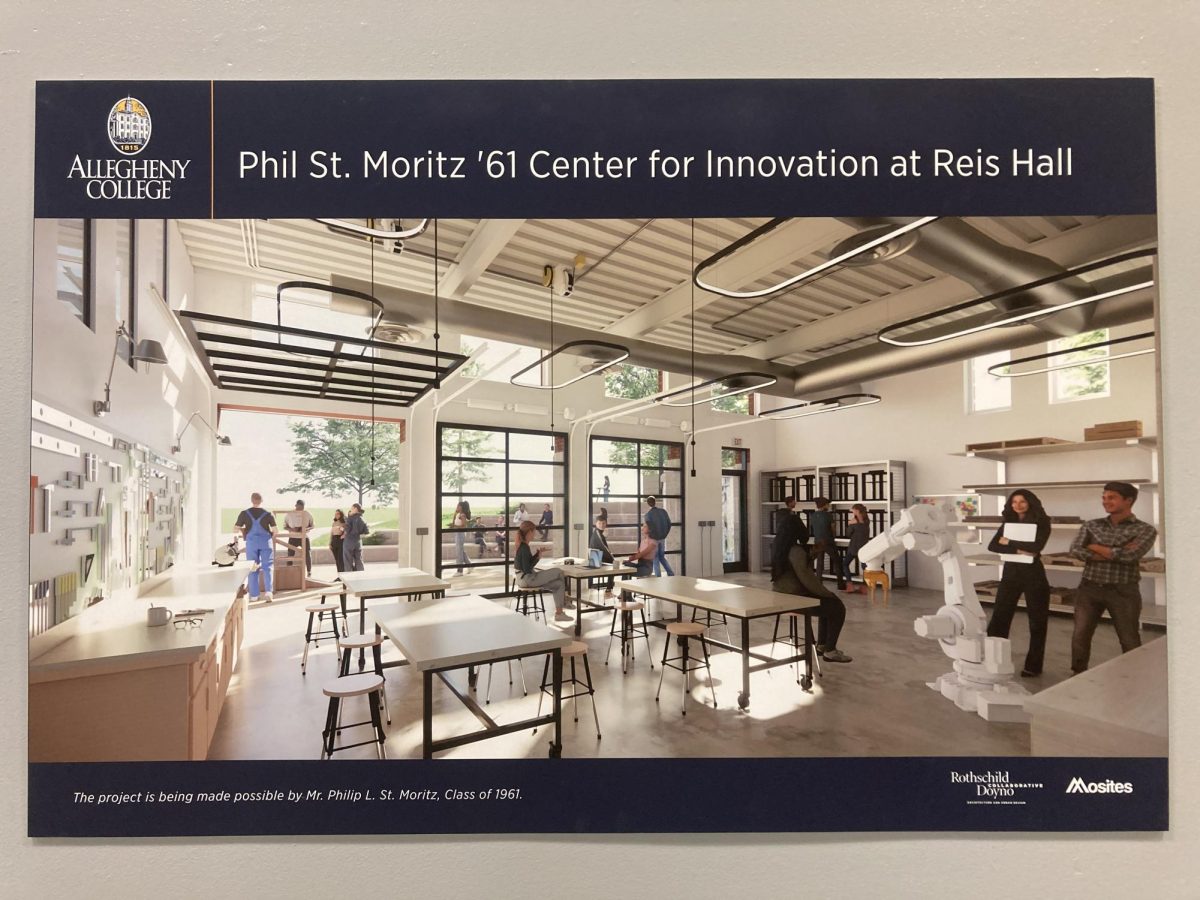By LORA WAYBRIGHT
Contributing Writer
On the last Thursday before spring break, 23 students gathered in the Tillotson Room of the Tippie Alumni Center to discuss issues of student power on campus.
The students were members of a number of associations, including: Allegheny Student Government, Students for Environmental Action, Edible Allegheny, WARC, Amnesty International, Grounds for Change, College Democrats, Queers and Allies, the Association for the Advancement of Black Culture, the African Students Association, and the American Chemical Society/Chemii.
One common purpose brought them together: the issue of student voice and representation here at Allegheny.
Nathan Malachowski,’14, the organizer of the meeting, had planned the event to “get a group of students concerned about this issue, who don’t normally work together or collaborate, to try to make change.” He further clarified this change as “elevating the concerns of students in such a manner that the administration would have no other choice but to respond.”
Indeed, the struggles of student representation at the administrative level became apparent throughout the course of the meeting. In a story sharing session, many students expressed feeling disheartened and burned out from working with the administration to have their concerns addressed. Malachowski expressed that his previous experiences often felt like a game, where students were told what to do in order to meet their initiatives, but once completed, were then directed to do something else that only prolonged that project.
Several people mentioned that this was due to the transciency of students’ time at Allegheny. President of Allegheny Student Government, Larry Hailsham,’15, contributed to the discussion by commenting on the fact that students are at Allegheny for a relatively short period of time.
“As students we understand our time here is limited, and the administrators understand that as well,” said Hailsham. “Therefore, things can be missed or dropped, which in turn causes a slowing of progress.”
Other concerns that were discussed at the meeting included the issue of student participation and inclusivity on campus. One student voiced concerns about seeing the same faces in many of the organizations on campus. He believed that movements never pick up traction because of the small number of students who actually voice their concerns in constructive ways.
One of the objectives for the next student power meeting is to address this issue, and devise possible methods to get more of the student body involved so that their voice can be heard. Another objective is for students to reclaim their space on campus– the meeting was held in Tippie as “a preliminary step toward reclaiming spaces that aren’t traditionally permitted for student use,” said Malachowski.
The Campus Center, the hub of student organizations, was also mentioned as a place on campus that is “excessively sterile and in many ways inhibits organizations from reaching the majority of the student body.” Malachowski believes that through meetings in alternative spaces, and pushing advertising in those spaces, the organizational initiatives of Student Power can be further extended.
After the meeting, many students felt empowered to contribute to positively changing the role of community and student voice on campus. Melissa Mattwig,’17, said that passionate people will help empower a community.
“The power of people to stand up for something they believe will benefit the community is imperative to societal development.” Towards the end of the meeting, she said she felt “even more empowered to start working towards making change.”





